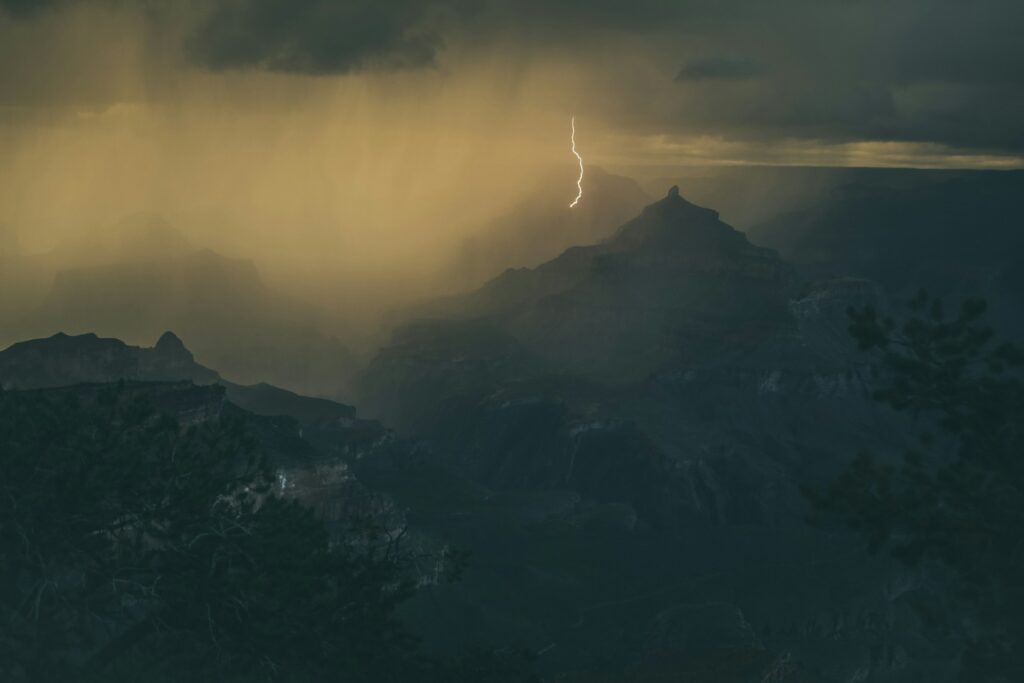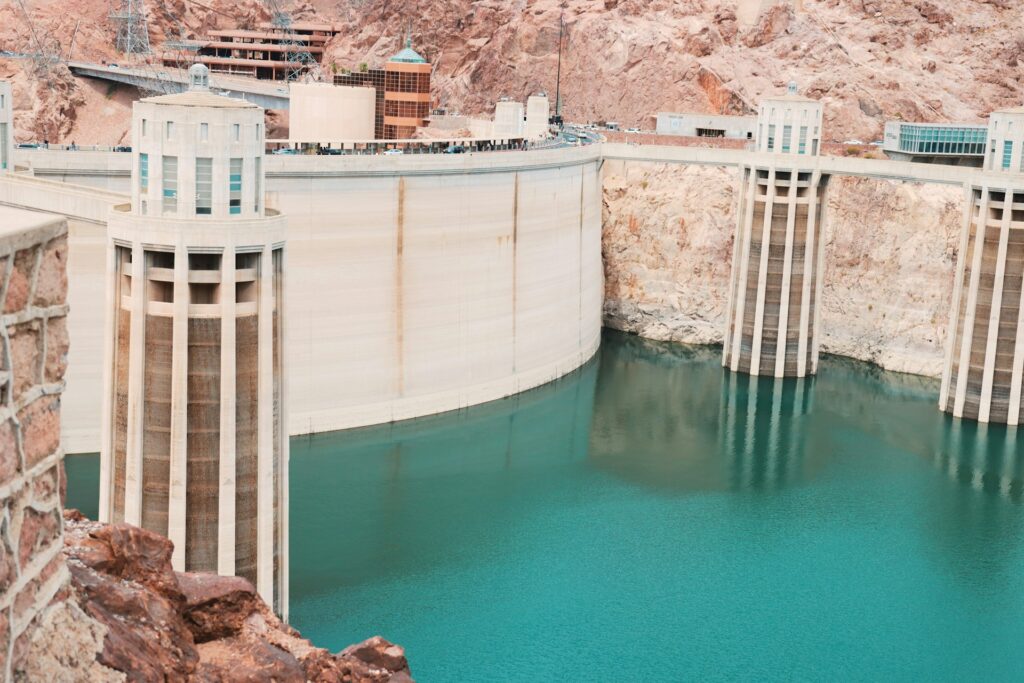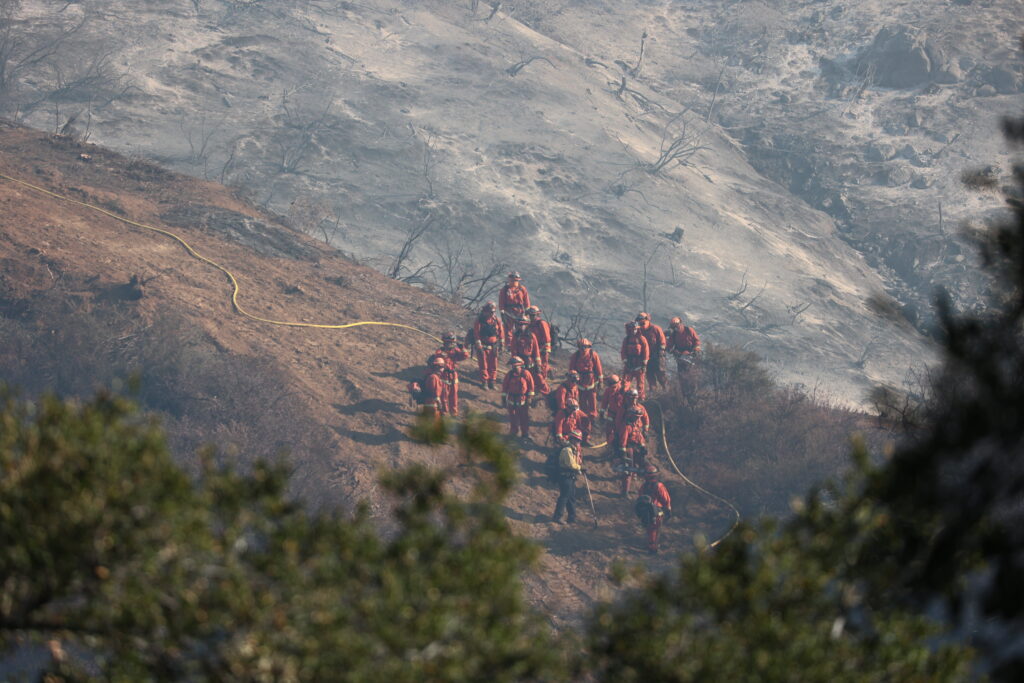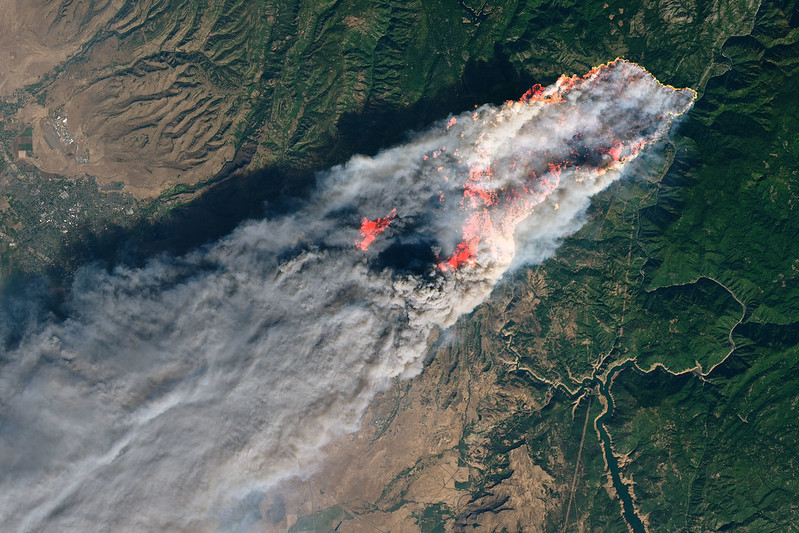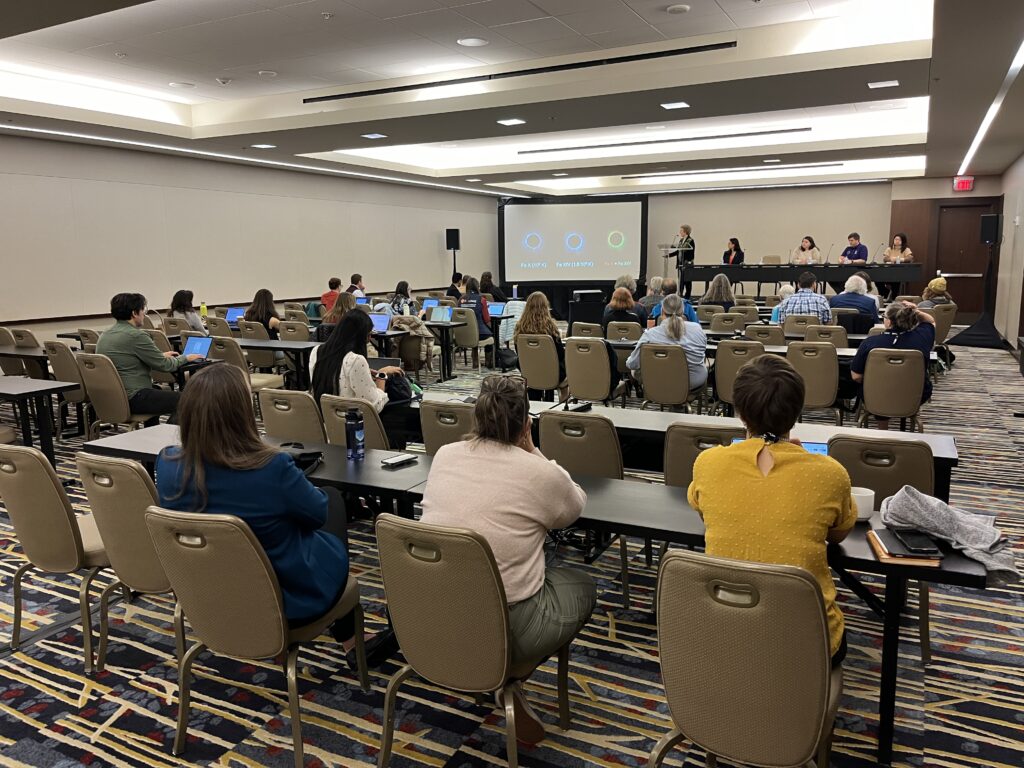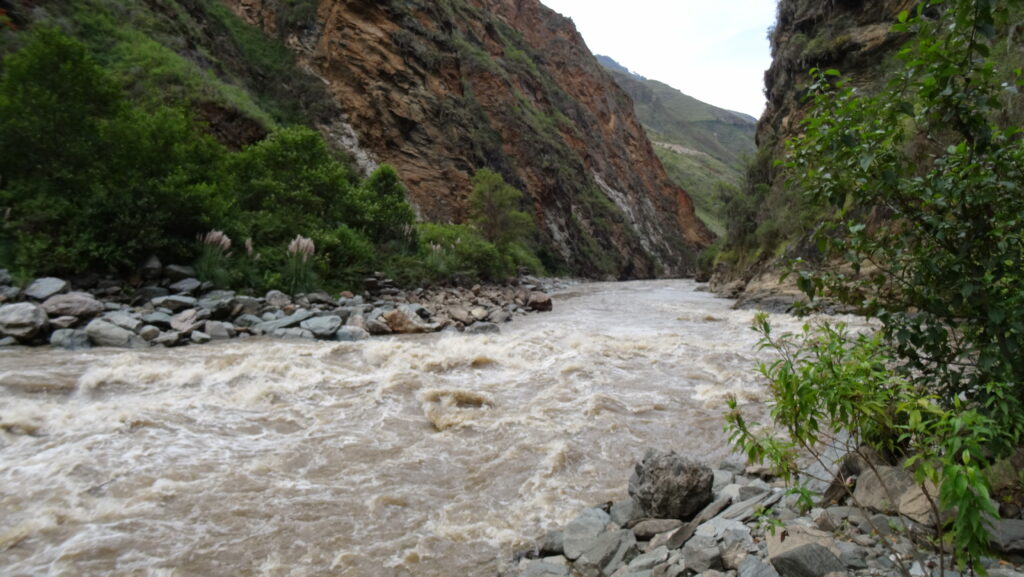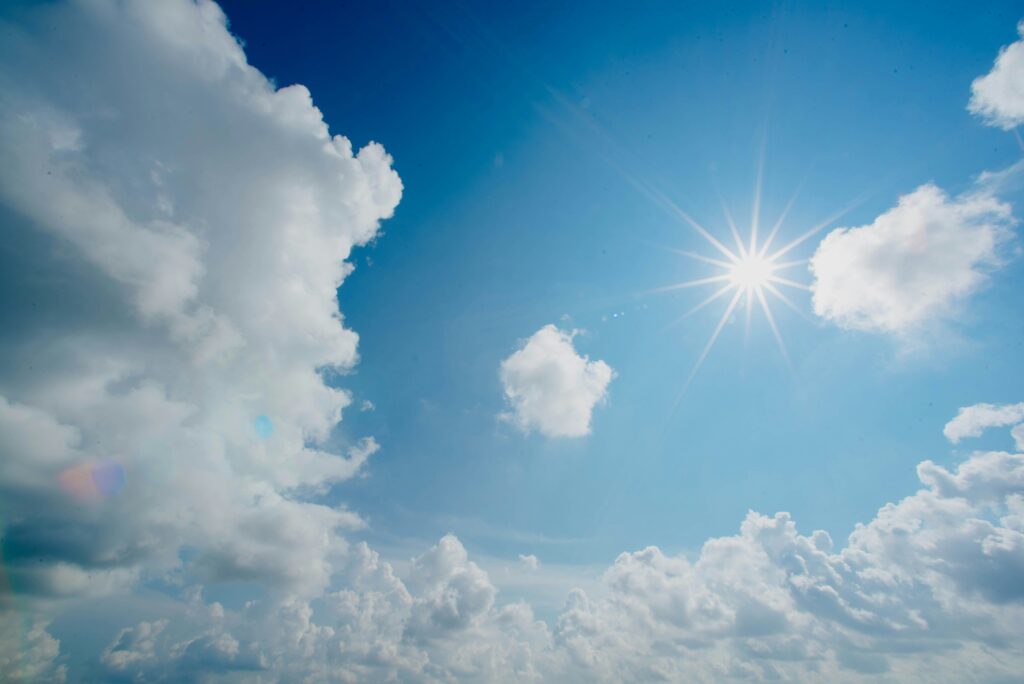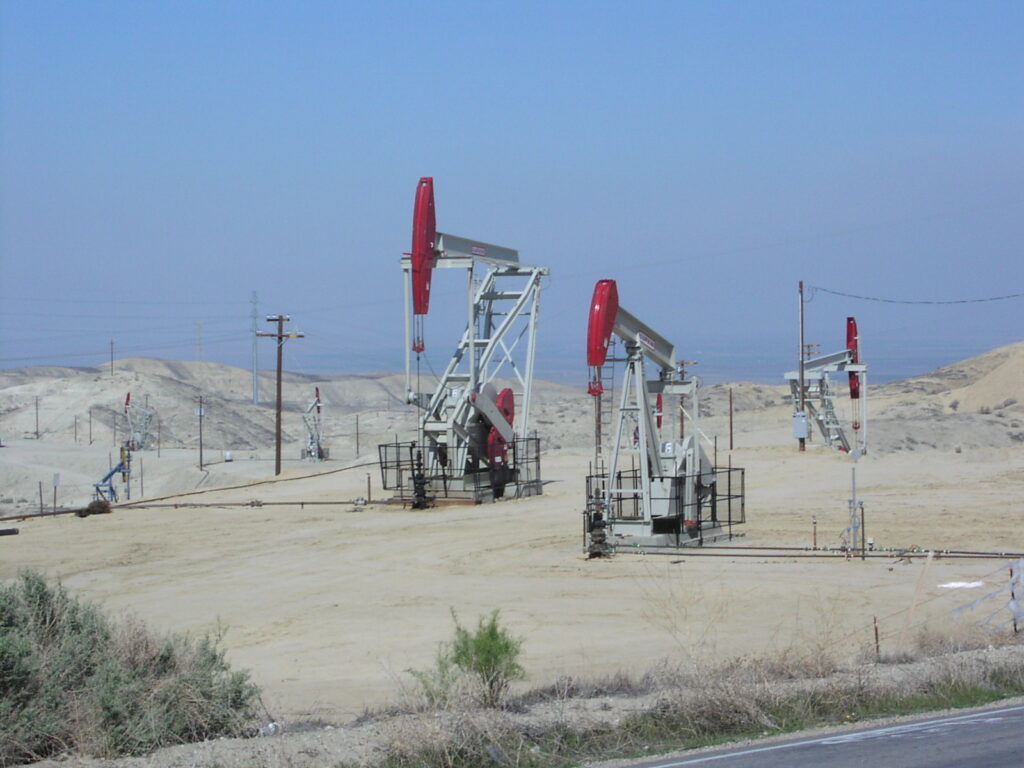AGU News
AGU’s 2025 Journalism Awards are open!
Nominate news and feature stories about the Earth and space sciences, published in 2024, for our science journalism awards. The deadline is 31 March 2025 at 11:59 p.m. Email us at [email protected] with questions about submissions and eligibility. [media advisory][information for News and Features awards][SUBMIT HERE]
Featured Research
High-elevation sites get high-energy lightning strikes
Areas with higher elevations tend to receive more high-energy lightning strikes than sites at lower elevations, a new study finds. The Andes are one of the most likely spots for these high-energy strikes to hit. [Geophysical Research Letters study][see also: research on superbolts]
Dwarf planet Ceres got its organics from afar
Organic material found on the exoplanet Ceres is most likely from asteroids that hit its surface, rather than being from salty brines and cryovolcanism, a new study finds. The findings help scientists understand where and how habitable conditions arose in the solar system. [AGU Advances study][Max Planck press release]
An atmospheric pattern over the pacific influences western US wildfire risk
The West Pacific pattern correlates with high pressure, increased temperature, decreased precipitation, and higher burned area during autumn in the western United States. [Eos research spotlight][Earth’s Future study]
Thawing permafrost helped trigger ancient Icelandic landslides
Warming beginning about 13,000 years ago contributed to a proliferation of landslides in Iceland, a new study finds. As modern warming continues and permafrost thaws, landslide risk could increase. [JGR Earth Surface study][Eos research spotlight]
###
